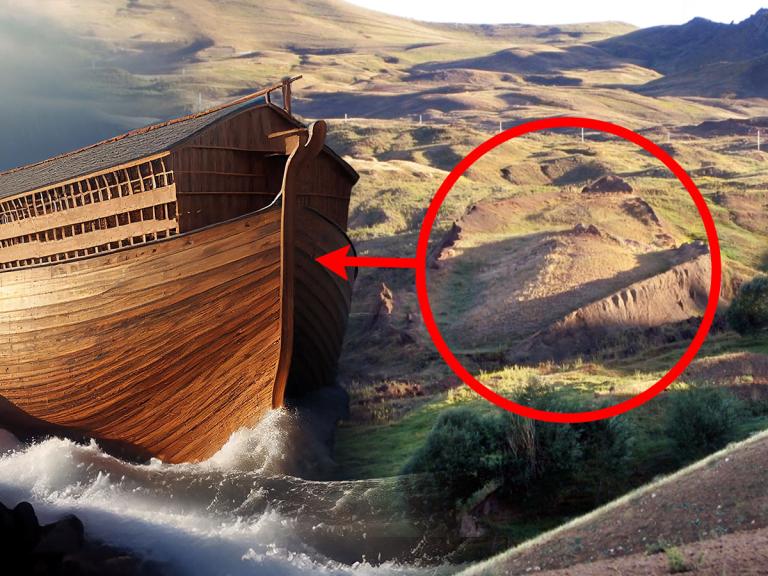
For many years researchers have searched for the remains of the famous Biblical Noah’s Ark.
The sought-after artifact had long been suspected to be in the depths of the Durupinar site in the eastern Turkey mountains. In 1959, the location was first discovered by Ilhan Durupinar, a Turkish army captain who detected the boat figure in military aerial images of the area.
Recently an object resembling a boat was detected within Mount Tendürek. Biblical archaeologists utilized a ground-penetrating device to analyze the unknown entity on Mount Tendürek to confirm if it was the illustrious watercraft from the Book of Genesis. The US and Turkish research scientists reported that the preliminary scans of the presumed manufactured object are encouraging and might support their hypothesis.
Creationists have always remained firm in their belief that Noah’s Ark is real and was naturally submerged under the mountain site of Durupinar. On the flip side, Geologists have stated that the eastern Turkey mountain region of Durupinar, revealed 500 years ago, is likely just an atypical rock formation. Additionally, the research squad headed by enduring ark hunter Andrew Jones claims to have images of a vessel favoring Noah’s Ark.
Despite the doubts of any vessels at the site, some surprising results from a ground-penetrating radar survey showed a significant possibility.
Ark hunter Andrew Jones spoke of the promising 3D scan results in an interview, “This is not what you would expect to see if this site is just a solid block of rock or an accumulation of random debris from a mudflow. But these results are what you would expect to see if this is a manmade boat matching the Biblical requirements of Noah’s Ark.”
His team of researchers reportedly noticed “parallel lines and right angles below the surface” of the vessel, which are “something you would not expect to see in a natural, geologic formation.”
The boat formation of the mysterious discovery was observed to be close to the description of the Biblical ark. The book of Genesis states the vessel as being 300 cubits in Biblical terms, which converts to around 150 meters. The research team is aiming to conduct more scans at the discovery site, in addition to drilling and potentially extracting the unknown vessel.
The theory of Mount Tendürek being the location came about because, in the Book of Genesis, the Ararat mountain is where Noah’s Ark settled after the Great Flood. That region is now eastern Turkey, specifically around Mount Tendürek.
The historical significance of Noah’s Ark carries on to the present day. Biblical text describes how Noah brought a pair of each animal species onto a 150-meter-long ark to preserve them from apocalyptic flooding.
Most secular geologists and historians claim that the Biblical flood events are incompatible with modern science. However, Christian scholars and geologists are persistent in searching for tangible evidence of the 450 feet long, 75 feet wide and 35 feet high wooden ship.
These Christian researchers’ devotion to discovering the artifact is inspiring. Their faith in the truth of God’s Word parallels Noah’s great faith when he followed the Lord’s command.


